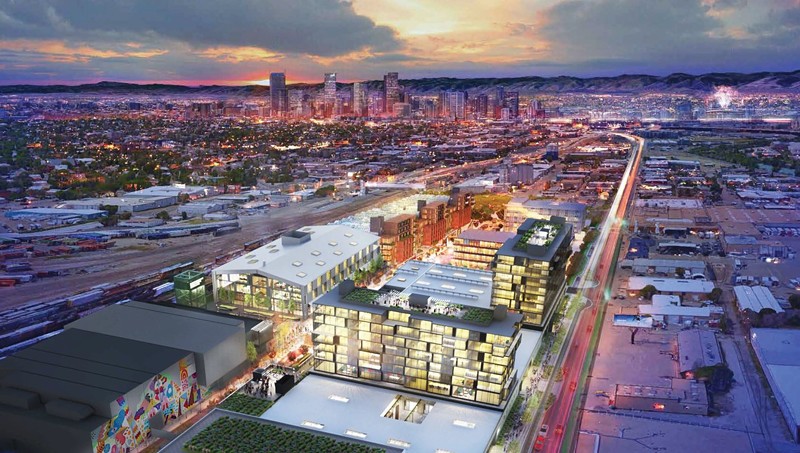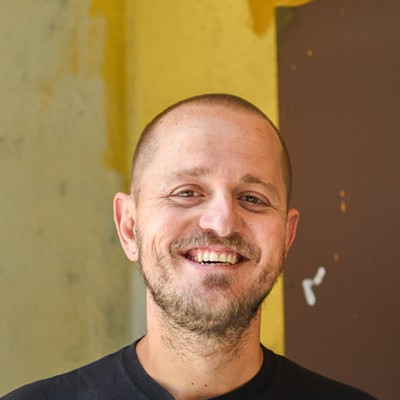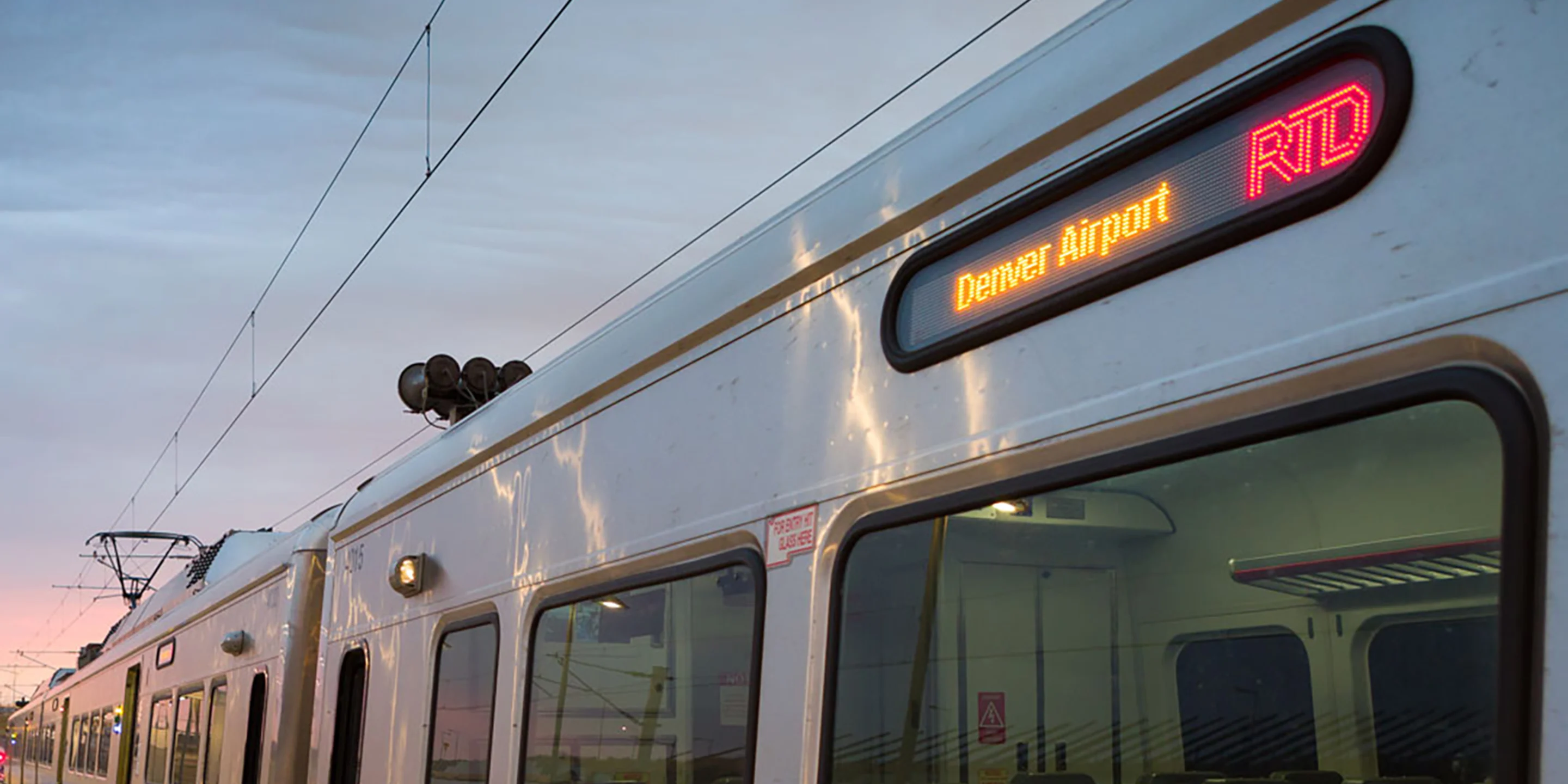Artspace’s plan to build 85 units of affordable housing and 3,000 square feet of workshop and performance space for artists in the RiNo Art District has collapsed. For years, when asked what they were doing to help creatives being pushed out of the city by increasing rent, Denver officials would point to the Artspace project.
But now that’s out.
Staffers at Artspace, a Minneapolis-based real estate nonprofit devoted to solving space problems for artists around the country, had worked on this Denver concept for more than a decade; now they’re back at the drawing board. Meanwhile, Artspace has realized huge successes in other states, and the group has already developed a project in Loveland, with two more in the works in Colorado: one in Trinidad and another in Ridgway. The nonprofit is also two years into a partnership with the City of Aurora.
So what went wrong in Denver?
Artspace initially began exploring a Denver development back in 2007, when Ginger White, an employee of Denver Arts & Venues who’s now the director there, brought the group to town. Artspace began looking at various sites around the metro area for an arts/housing project; in 2014, it decided to focus on RiNo. That was at the urging of Mayor Michael Hancock, who was touting the Corridor of Opportunity leading from north Denver to the airport, according to Shannon Joern, the Denver-based vice president of national advancement at Artspace.
But it also fit with the RiNo Art District’s original mission of supporting creative efforts.
In 2016, Artspace inked a deal with Westfield, a for-profit developer that was planning a massive, fourteen-acre neighborhood in RiNo, to create a $27 million live/work space development as part of the project. “We were really excited to have found a potential path with this site that Westfield owns at 41st and Brighton,” recalls Joern. In 2017, when Westfield put a portion of its North Wynkoop project, Phase One, on an accelerated timeline to meet investors’ demands and complete the Mission Ballroom, AEG’s new music venue, in August 2019, Artspace agreed to the ramped-up schedule.
At the time, Artspace knew it would be a stretch to find funding quickly; the hope was that Artspace and Westfield could secure a tax credit from the Colorado Housing and Finance Authority, an agency created by the Colorado General Assembly in 1973 to help address affordable-housing issues. Such financing options — particularly one associated with a 9 percent federal tax credit — are highly competitive, and developers often apply year after year before they are successful.
While Artspace has had good luck with similar financing mechanisms in other states, the application for CHFA’s 9 percent federal tax credit, while fast-tracked, took too long to approve. “We tried for several years, and it just didn’t come to fruition,” explains Westfield’s Anne Hayes.
The problem? Location, location, location. CHFA had recently given a tax credit to an affordable-housing project from the Urban Land Conservancy and Medici Communities that will bring 65 apartments to the corner of 38th and Walnut streets. Taxed with distributing resources statewide, the agency could not make another immediate deal in RiNo. “We’re not going to have any awards happening in this part of Denver for a number of years,” Joern remembers the agency telling them.
After that, Artspace and Westfield developed an alternative financing model based on a less competitive, 4 percent federal tax credit, also administered by CHFA. "We thought that would work better and faster," says Joern. "It can be faster because it's not as competitive." But that credit would not cover as large a percentage of the total financing needed.
So Artspace and Westfield looked for yet another alternative. In 2018, Westfield submitted an application for $12 million in tax-finance support to the Denver Urban Renewal Authority for general infrastructure on the industrial site — plumbing, electricity and other utilities. Half of the money would go to Westfield, the other half to Artspace.
But DURA, which funds projects designed to lessen blight and improve communities, was not convinced that Westfield needed the money to move forward on infrastructure; instead, Joern says, it agreed to fund Artspace’s building if the nonprofit owned and controlled the site, Joern says. One condition soured the deal: Not one cent could go to Westfield.
“Westfield would have to sell the land to Artspace at a discounted acquisition cost,” she explains. And Westfield could not sell that idea to its investors. The DURA deal fell through, and Westfield sold the plot that would have gone to Artspace to a for-profit developer for “something like more than ten times the amount we were able to pay,” Joern adds.
Westfield and the city blame the project’s failure on Artspace’s inability to find acceptable financing to fund the project on the agreed-upon timeline. “We were really excited because Westfield showed such interest,” says White. “But ultimately, it’s Artspace’s responsibility to find financing. It’s a hard project. Affordable housing is a hard project to deliver.”
Joern, in turn, says the failure has less to do with her organization’s inability to find funding than it does with the specific type of arrangement that Artspace had made with Westfield.
“From our perspective, this isn’t about a lack of financing or financing that fell through,” says Joern. “This is really about the challenges that truly exist when you’re trying to align a nonprofit real estate development effort with a for-profit development effort. Ultimately, pressures and timelines are very different.”
Artspace may continue to work with Westfield on a later phase of the North Wynkoop project, Joern says. Her organization is also looking for new sites for a housing project for artists, though RiNo may be out of the running, given the lack of affordable land and funding hurdles.
The RiNo Art District plans to continue working with Artspace. But it, too, is exploring other partnerships to bring affordable housing and creative commercial spaces to the district.
“I’m not giving up yet,” says president and co-founder Tracy Weil. “We have to have live-work spaces in the district to make sure the art district is relevant for years to come. That kind of project is super-important, and it would be a tragedy to not make it happen.”
Update: This story has been updated to clarify information regarding CHFA's tax-credit programs.
[
{
"name": "Air - MediumRectangle - Inline Content - Mobile Display Size",
"component": "12017618",
"insertPoint": "2",
"requiredCountToDisplay": "2",
"watchElement": ".fdn-content-body",
"astAdList": [
{
"adType": "rectangle",
"displayTargets": "mobile"
}
]
},{
"name": "Editor Picks",
"component": "17242653",
"insertPoint": "4",
"requiredCountToDisplay": "1",
"watchElement": ".fdn-content-body",
"astAdList": [
{
"adType": "rectangle",
"displayTargets": "desktop|tablet"
},{
"adType": "rectangle",
"displayTargets": "desktop|tablet|mobile"
}
]
},{
"name": "Inline Links",
"component": "18838239",
"insertPoint": "8th",
"startingPoint": 8,
"requiredCountToDisplay": "7",
"maxInsertions": 25
},{
"name": "Air - MediumRectangle - Combo - Inline Content",
"component": "17261320",
"insertPoint": "8th",
"startingPoint": 8,
"requiredCountToDisplay": "7",
"maxInsertions": 25,
"watchElement": ".fdn-content-body",
"astAdList": [
{
"adType": "rectangle",
"displayTargets": "desktop|tablet"
},{
"adType": "rectangle",
"displayTargets": "desktop|tablet|mobile"
}
]
},{
"name": "Inline Links",
"component": "18838239",
"insertPoint": "8th",
"startingPoint": 12,
"requiredCountToDisplay": "11",
"maxInsertions": 25
},{
"name": "Air - Leaderboard Tower - Combo - Inline Content",
"component": "17261321",
"insertPoint": "8th",
"startingPoint": 12,
"requiredCountToDisplay": "11",
"maxInsertions": 25,
"watchElement": ".fdn-content-body",
"astAdList": [
{
"adType": "leaderboardInlineContent",
"displayTargets": "desktop|tablet"
},{
"adType": "tower",
"displayTargets": "mobile"
}
]
}
]













